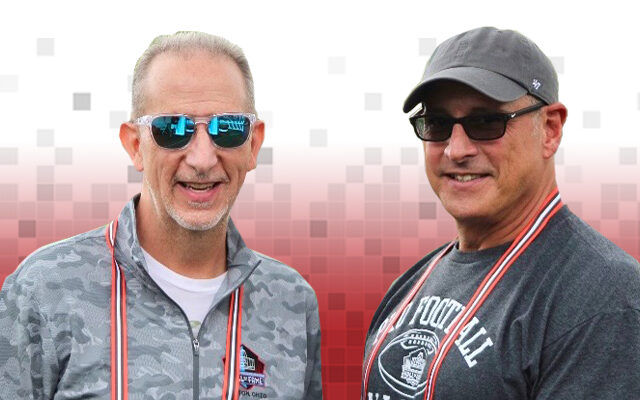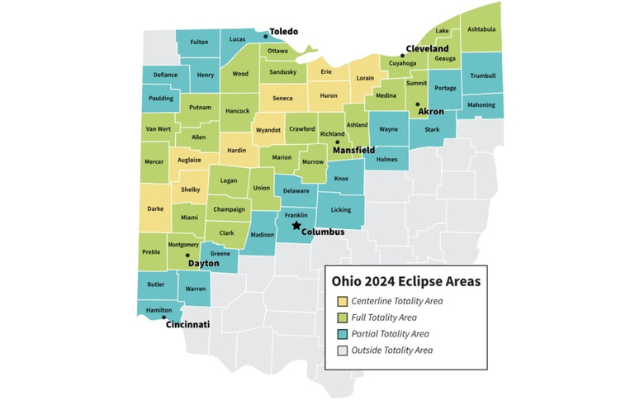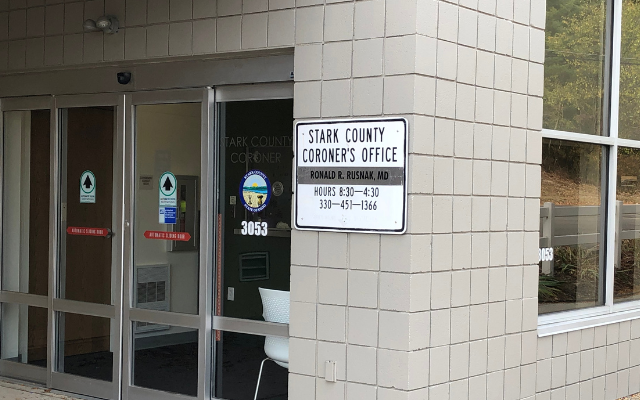Thursday Update: DeWine Provides Clarification for Hospitals
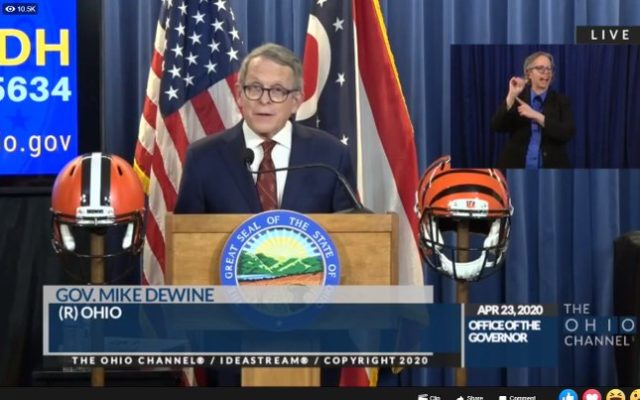
COLUMBUS (News Talk 1480 WHBC) – Once again, Governor Mike DeWine along with other state leaders and health officials spoke in Columbus this afternoon, providing updates on COVID-19 in Ohio. Here is a complete recap on everything that was discussed.
Update on Cases
The Ohio Department of Health’s latest report shows the state is up to 14,694 cases of COVID-19. The 577 new cases reported are once again below the five day average. There were 46 new deaths reported by the ODH, lifting the state’s death toll to 656.
2,960 Ohioans have been hospitalized from the coronavirus; 900 have been admitted into the intensive care unit. Ohio has tested over 102,000 people for COIVD-19. The Buckeye State has a positive test rate of around 14%.
Update on Stark County
Stark County is now up to 290 total cases of COVID-19. Two more people have died in the county, increasing Stark’s death toll to 30. 70 people have now been hospitalized in Stark due to the virus.
49 of Stark’s cases belong to residents of the Altercare Nursing Home facility in Lexington Township. The state’s website shows that 25 staff members at the facility have also tested positive for the virus.
Clarification for Hospitals
After saying yesterday that Doctors and health care providers should check back in with patients who had their surgeries postponed due to COVID-19, Governor DeWine opened his media availability this afternoon providing further clarification.
“What I was trying to say yesterday is that we want doctors and other healthcare providers in Ohio to reach out to patients who had a case postponed to re-assess the need for the surgery or procedure based on those same criteria,” DeWine said. “During this assessment, the provider should consider the patient’s current overall health condition and the patient’s quality of life to assess the risk of proceeding with or further postponing the case.”
DeWine added that if the provider recommends that the surgery or procedure now proceed because the patient now meets one of the four criteria for an essential surgery, then the state wants to make sure a full assessment is done before proceeding with the case.
The four criteria to make a surgery non-elective are:
- Threat to the patient’s life
- Threat of permanent extremity/organ dysfunction
- Risk of worsening of disease or condition
- Risk of rapidly worsening to severe symptoms
Beyond a re-assessment of the patient’s health status, DeWine says healthcare providers should discuss the risk of contracting COVID-19 if the procedure is done.
“Providers should make the patient aware of all of the things that are being done to reduce the risk of patients contracting COVID-19 in a healthcare setting.”
The Governor added that his main intention is for people to receive the medical help the need.
“I really want to make clear that if you need emergency care or if your condition is worsening, call your doctor or healthcare provider,” said DeWine. “If you have chest pain, symptoms of a stroke, or other similar serious conditions, by all means, call your doctor and go to the emergency room.”
However, DeWine says the state is not ready for the entire healthcare system to turn back on again. The Governor says Ohio is working on a plan to identify the steps that it must take to move forward with healthcare.
Jobs Available!
While more than a million Ohioans are believed to be out of work, Lt. Governor Jon Husted says there are many job opportunities available in the Buckeye State. Husted reported this afternoon that there are over 50,000 jobs posted right now on the state’s COVID-19 job portal.
COVID-19 Guidance
Mark H. Weir EIT. Ph.D. joined Governor DeWine this afternoon discuss the guidance he would give as Ohio moves forward in the battle against COVID-19.
How the virus transmitted?
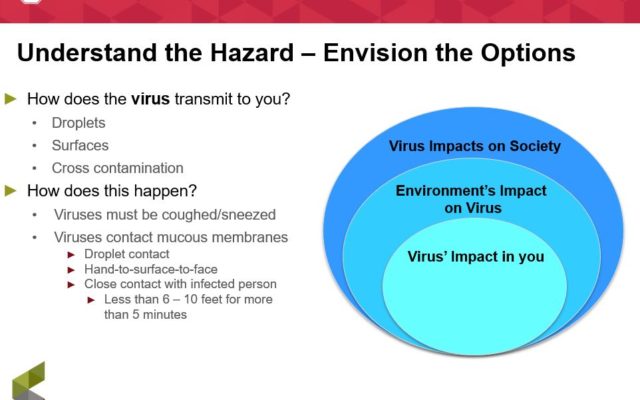
How does the infection process work?
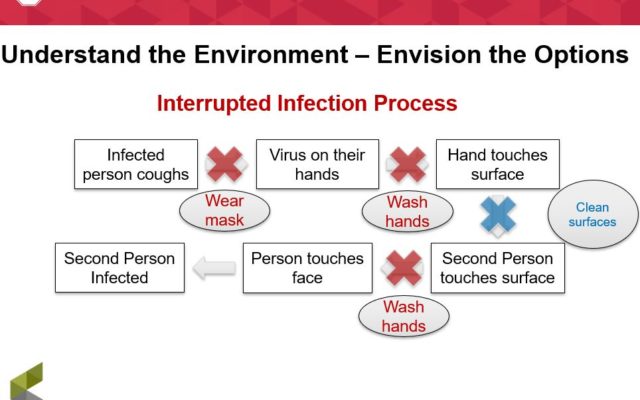
Why Models are Important
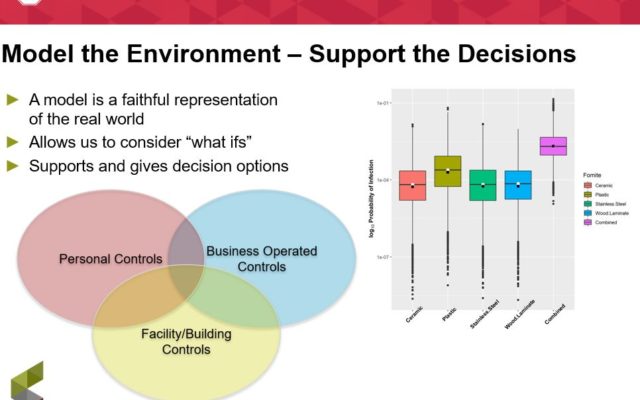
Doctor Weir also provided more information on the following:
- Masks: “If you are wearing a mask, you are protecting those around you, and you are providing yourself an additional layer of protection as well. The type of material will give different ranges of risk protection. When you cough or sneeze, droplets spread through the air. The light droplets will go farther, and the heavier ones will fall from the air. With COVID-19 you are spreading various-sized particles that will travel 6-10 feet based on environmental circumstances. Therefore, even if you are wearing a mask, you still want to keep that distance between people. That’s why we need multiple barriers – the social distancing is another barrier we can use in addition to masks.”
- Virus in the Air: “The virus can stay viable in the air in a dry environment for up to three hours. On some surfaces, it can be up to 72 hours, but that’s if you don’t do anything to the virus. If you use certain disinfectants, it will remove 99.9% of the viruses.”
- Air Conditioning and Heating: “Filters do a very good job: the thicker the filter, the more removal of viruses. If you own a building, if you increase the size and number of filters in your HVAC or if you look at air treatment technology, you could protect 100s or more”

